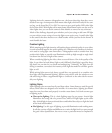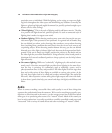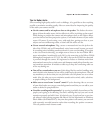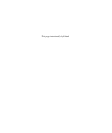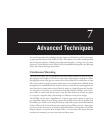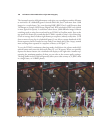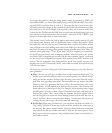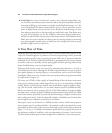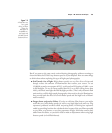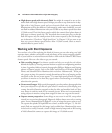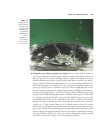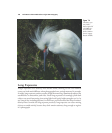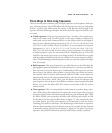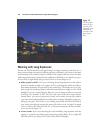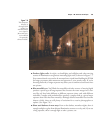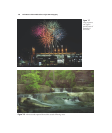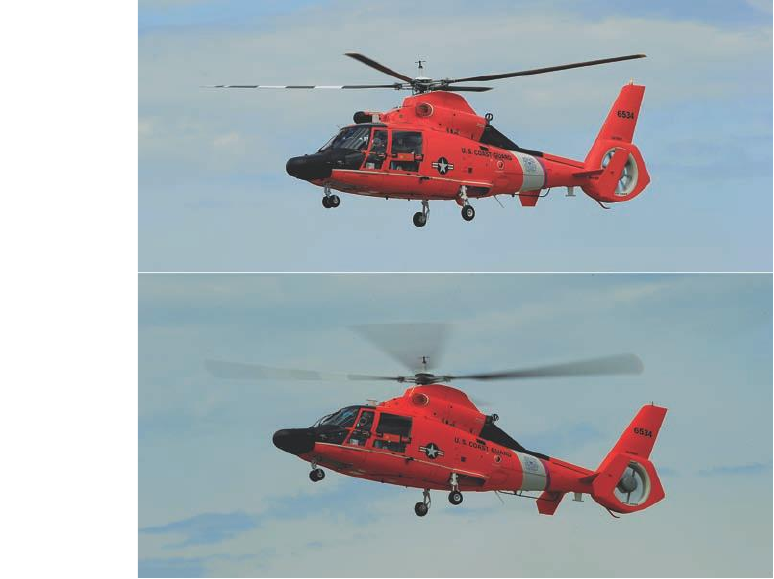
But if you want to do some exotic action-freezing photography without resorting to
electronic flash, the D7000’s top shutter speed is at your disposal. Here are some things
to think about when exploring this type of high-speed photography:
■ You’ll need a lot of light. High shutter speeds cut very fine slices of time and
sharply reduce the amount of illumination that reaches your sensor. To use
1/8,000th second at an aperture of f/6.3, you’d need an ISO setting of 1600—even
in full daylight. To use an f/stop smaller than f/6.3 or an ISO setting lower than
1600, you’d need more light than full daylight provides. (That’s why electronic flash
units work so well for high-speed photography when used as the sole illumination;
they provide both the effect of a brief shutter speed and the high levels of illumi-
nation needed.)
■ Forget about reciprocity failure. If you’re an old-time film shooter, you might
recall that very brief shutter speeds (as well as very high light levels and very long
exposures) produced an effect called reciprocity failure, in which given exposures
ended up providing less than the calculated value because of the way film responded
to very short, very intense, or very long exposures of light. Solid-state sensors don’t
suffer from this defect, so you don’t need to make an adjustment when using high
shutter speeds (or brief flash bursts).
Chapter 7 ■ Advanced Techniques 183
Figure 7.2
A little blur can
be a good
thing, as these
shots of a
helicopter at
1/1,000th sec-
ond (top) and
1/250th second
(bottom) show.



